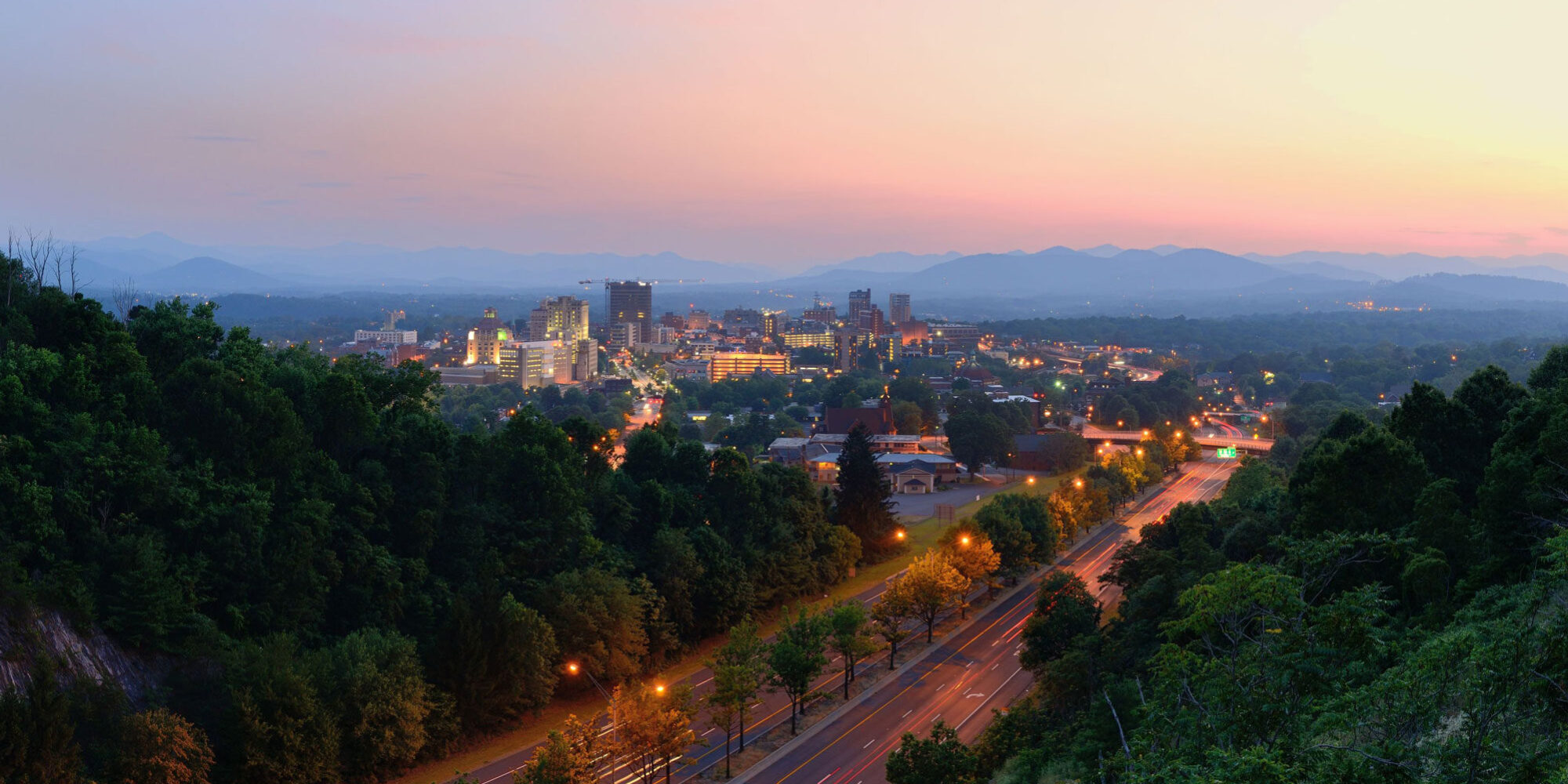Neighborhood planning enables neighbors to establish a community vision and share insights on what the future of our city’s neighborhoods can be.
Plan on a Page
A Plan on a Page is a tool designed by individual neighborhoods with technical assistance from the City’s Planning Department and Community Engagement Division and is ultimately reviewed and approved by City staff.
Informing the big picture
The Plan on a Page concept was originally initiated by the City Planning Department with the intention of helping neighborhood groups organize themselves and develop consensus around neighborhood priorities in preparation for the 2018 update of the Comprehensive Plan. Recognizing not all neighborhoods participated in 2018, the City encourages neighborhoods to continue submitting and revising Plans on a Page post-Comprehensive Plan update.
When creating a Plan on a Page, neighborhoods are asked to consider City Council’s 2036 Vision, which was adopted in 2016 and is used by City Council when developing policies and priorities.
How does having a Plan on a Page benefit your neighborhood?
A Plan on a Page presents the City and the public with a community’s defined vision and goals while also painting a picture of the neighborhood’s history, people, geography, and key attributes. The Plan acts as a tool to connect the City with your neighborhood, paving the path for a strong partnership in working together to reach common goals. A Plan on a Page is not a “to-do list” for the City, but more of a guide for the City to use in setting priorities and facilitating improvements for residents.
How Plans on a Page are used by the City:
- Inform the goals and strategies of the Comprehensive Plan at a larger geographic scale
- Inform the goals and strategies of specific area plans such as Corridor, Master, Capital, Small Area, and Transportation plans
- Guide the framework for more extensive neighborhood planning efforts
- Help to prioritize capital improvements
Current Neighborhood Plans on a Page
Plan on a Page Maps (from Comprehensive Plan)
Creating a Plan on a Page: Supporting Documents
If your neighborhood is interested in creating a Plan on a Page and you have questions, we’re happy to help. Contact Neighborhood Services (neighborhoods@ashevillenc.gov) and Planning and Urban Design (egrosse@ashevillenc.gov).
Other Types of Neighborhood Plans
While a Plan on a Page may be the first step for most neighborhoods on the road to community planning, in some circumstances a full staff-coordinated Neighborhood Plan or Small Area Plan is created and adopted by City Council. It is an objective of the Planning and Urban Design Department to work with neighborhoods to create more Small Area Plans such as Neighborhood Plans, Corridor Plans, and Master Plans, which can be informed by preceding Plans on a Page.
- Broadway Corridor
- Burton Street Neighborhood Plan
- Charlotte Street Corridor
- Downtown Master Plan
- East End/Valley Street Vision Plan
- Haywood Road Corridor
- Shiloh Neighborhood Plan
- WestEnd/Clingman Avenue (WECAN)
- Wilma Dykeman RiverWay Plan
Current Plans on a Page (List form)
Ballantree Homeowners Association
Beverly Hills Homeowners Association
Burton Street Neighborhood Plan
Chestnut Hills Neighborhood Coalition
Cimarron Homeowners Association
Downtown Asheville Residential Neighbors (DARN)
East-West Asheville Neighborhood Association (EWANA)
Five Points Neighborhood
Gaia Village
Grove Park-Sunset Mountain Neighborhood Association
Haw Creek Community Association
Hollybrook Homeowners Association
Kenilworth Residents Association
Lakeshore Heights Neighborhood Association
Montford Neighborhood Association
Norwood Park Neighborhood Association
Park Avenue Homeowners Association
Parkway Forest Residents Association
Redwood Forest Residents Association
Southside United Neighborhood Association
South Slope Neighborhood Association
Sweeten Creek Area Neighborhoods (SCAN)
West End Clingman Area Neighborhood (WECAN)
Wilshire Park Community Association
